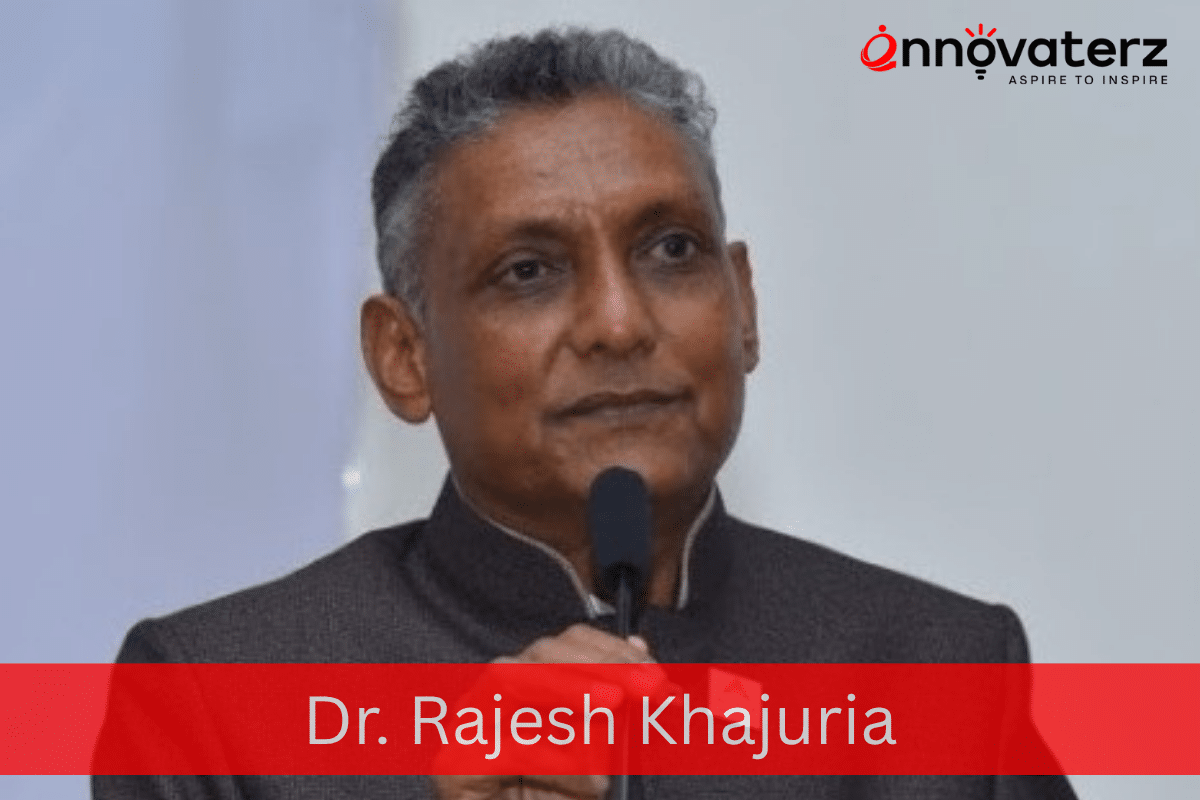When we look at how businesses and societies evolve in the digital age, it’s clear that data has become more than just a resource. It is the lifeblood of intelligent digital ecosystems and the foundation of lasting, meaningful transformation through data-driven innovation. These concepts are not just buzzwords. They are at the core of the work I do and the solutions I help create for clients and communities.
Intelligent digital ecosystems are about more than technology. They represent a shift in how we design, build, and grow interconnected services and systems that are capable of learning, adapting, and improving over time. And none of that is possible without a strong data foundation, a clear enterprise data strategy, and a flexible digital ecosystem architecture.
Understanding Intelligent Digital Ecosystems
At its core, an intelligent digital ecosystem is an interconnected system of platforms, processes, data, and users that work together in a coordinated, intelligent way. These ecosystems span across departments, technologies, geographies, and customer touchpoints.
What makes them intelligent is their ability to learn and improve using data. But they do not operate in isolation. They depend on data-sharing, integration, and real-time analytics to function. This is why data-driven innovation is central to their success.
When I talk to clients or work on projects, I always emphasize that intelligent digital ecosystems are not one-time implementations. They are evolving systems that must be designed with long-term growth, agility, and flexibility in mind. That starts with a shared understanding of what we want the ecosystem to do, followed by a strategy for how data will support it.
Why Data-Driven Innovation Is the Engine
Data-driven innovation is what fuels growth and intelligence within a digital ecosystem. It allows organizations to move from reacting to anticipating. It turns static systems into learning environments. Here are just a few examples of what I mean:
- Real-time decision-making
Data enables intelligent digital ecosystems to respond in real time. Whether it’s routing customer service requests, optimizing supply chains, or monitoring health systems, fast access to the right data makes fast decisions possible. - Predictive capabilities
With enough historical and contextual data, we can forecast future trends. Data-driven innovation helps us anticipate demand, detect anomalies, and make proactive adjustments. - Personalized user experiences
From targeted marketing to customized product recommendations, ecosystems become more relevant to users when data is used to personalize interactions. - Operational efficiency
Intelligent digital ecosystems powered by automation and real-time data can identify inefficiencies and eliminate bottlenecks.
Without a clear approach to managing, integrating, and using data, these innovations would never materialize. That is why I treat every digital transformation project as a data project first.
Enterprise Data Strategy Is the Foundation
An enterprise data strategy is more than a technical blueprint. It is a business strategy. It outlines how data is collected, organized, governed, shared, and used across the organization. Without this strategy, data remains siloed and underutilized, which prevents intelligent digital ecosystems from achieving their potential.
When helping organizations shape or refine their strategy, I typically focus on a few key principles:
- Data quality and governance
If you can’t trust your data, you can’t automate decisions. Clean, secure, and governed data is non-negotiable. - Accessibility and integration
Data must be available where and when it’s needed. This means breaking down silos and using APIs, data lakes, and connectors to ensure seamless access. - Scalability
The strategy must support scale. As more systems and users connect to the ecosystem, the data model must evolve with them. - Ownership and accountability
Clear roles and responsibilities for data stewardship are essential. Everyone in the ecosystem must understand their role in maintaining data quality.
Strong enterprise data strategy ensures that all elements of the digital ecosystem are aligned and that data can flow freely and securely across systems.
The Importance of Digital Ecosystem Architecture
Every intelligent digital ecosystem needs a flexible and future-ready architecture. I often describe digital ecosystem architecture as the blueprint for how technologies, platforms, users, and data interact. It needs to be modular, scalable, and resilient.
Some key components I always consider when designing or advising on ecosystem architecture include:
- Open standards and interoperability
Systems must communicate across departments, platforms, and partners. Proprietary lock-in slows down innovation. - Cloud-native infrastructure
Cloud services offer scalability, flexibility, and rapid deployment that are essential for evolving ecosystems. - Real-time data pipelines
For data-driven innovation to work, data needs to move quickly and efficiently through the system. - Security and compliance by design
Privacy, access control, and auditability should be built into the architecture, not bolted on afterward. - Monitoring and observability
Ecosystems need to be monitored constantly to ensure performance, detect issues, and learn from user behavior.
Digital ecosystem architecture creates the structure for intelligent digital ecosystems to function and grow. When well designed, it enables faster development, smoother integration, and continuous innovation.
Real-World Inspiration
We’ve seen incredible progress across industries when organizations commit to building intelligent digital ecosystems supported by robust data strategies and thoughtful architecture.
- In financial services, ecosystems that integrate real-time fraud detection, transaction scoring, and customer insights are driving smarter, faster decision-making.
- In healthcare, platforms that combine patient records, wearable data, and predictive analytics are creating new possibilities in preventative care and treatment personalization.
- In smart cities, data from traffic systems, utilities, and citizen feedback is being combined to enhance urban planning, reduce congestion, and improve energy efficiency.
In each case, the results were only possible because of a commitment to data-driven innovation and the presence of a strong enterprise data strategy. Each example was also built on a digital ecosystem architecture that supported agility, resilience, and scale.
Building Your Own Ecosystem
If you are thinking about building or expanding your own intelligent digital ecosystem, here are some recommendations based on what I’ve seen work:
- Start with outcomes
Identify the business problems you want to solve and work backward. What kind of intelligence do you need? What data is missing? Who are the stakeholders? - Assess your current data maturity
Take an honest look at your current enterprise data strategy. Are your data assets ready to support innovation? What gaps need to be filled? - Design for interoperability and scale
Make choices that support integration and long-term flexibility. Don’t get locked into one tool or vendor. - Invest in governance early
Governance is often overlooked until problems arise. Build it into your data culture from day one. - Encourage experimentation
Intelligent digital ecosystems thrive when teams are empowered to explore, test, and iterate on new ideas using trusted data.
Final Thoughts
We are entering a world where intelligence will be embedded into everything around us. From connected homes and vehicles to predictive healthcare and responsive supply chains, the possibilities are endless. But none of it works without data, and without a strategy to use that data effectively.
As someone who has spent years working with organizations to turn data into value, I believe that intelligent digital ecosystems are no longer optional. They are essential for any business that wants to remain relevant in a fast-changing world. The key lies in committing to data-driven innovation, backed by a strong enterprise data strategy and supported by modern digital ecosystem architecture.
The future is already being built by those who treat data not as a byproduct, but as a catalyst.
For queries, contact:














